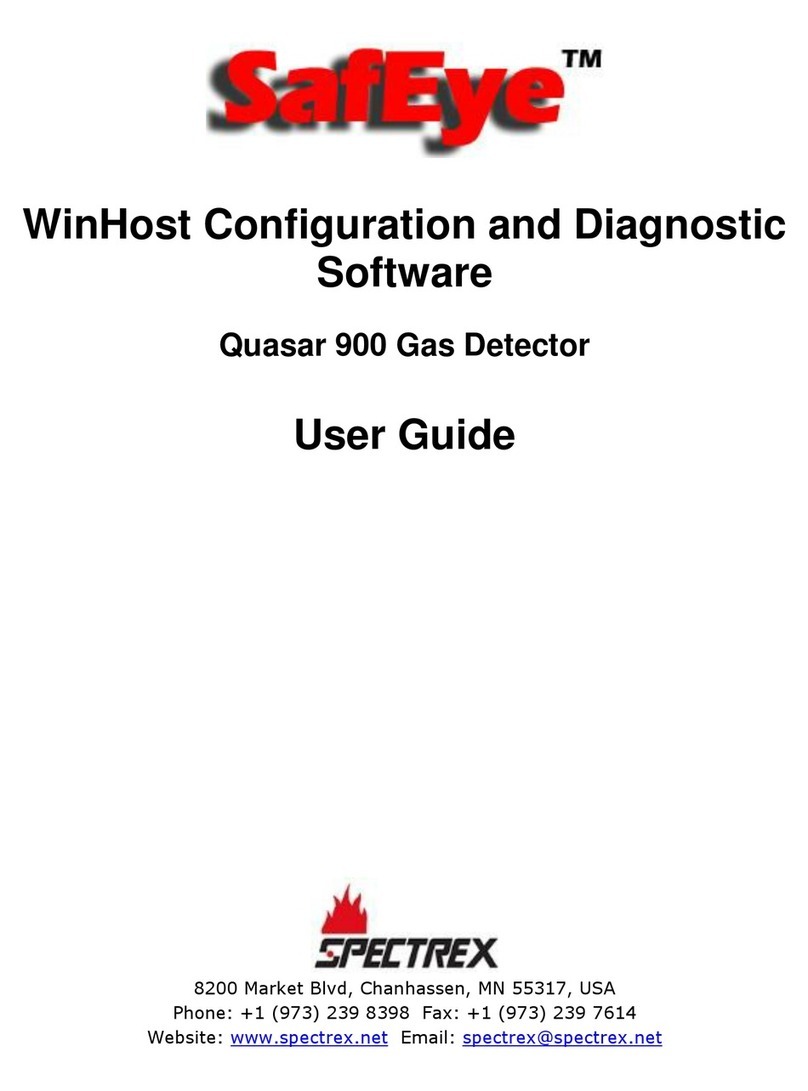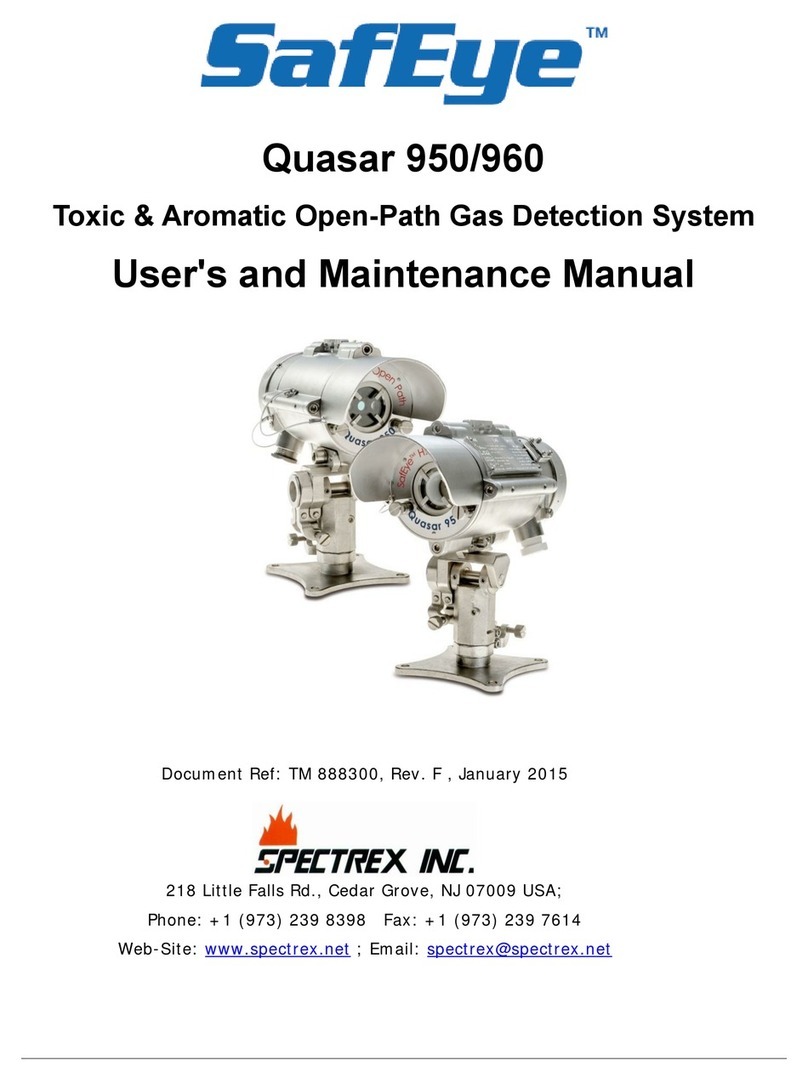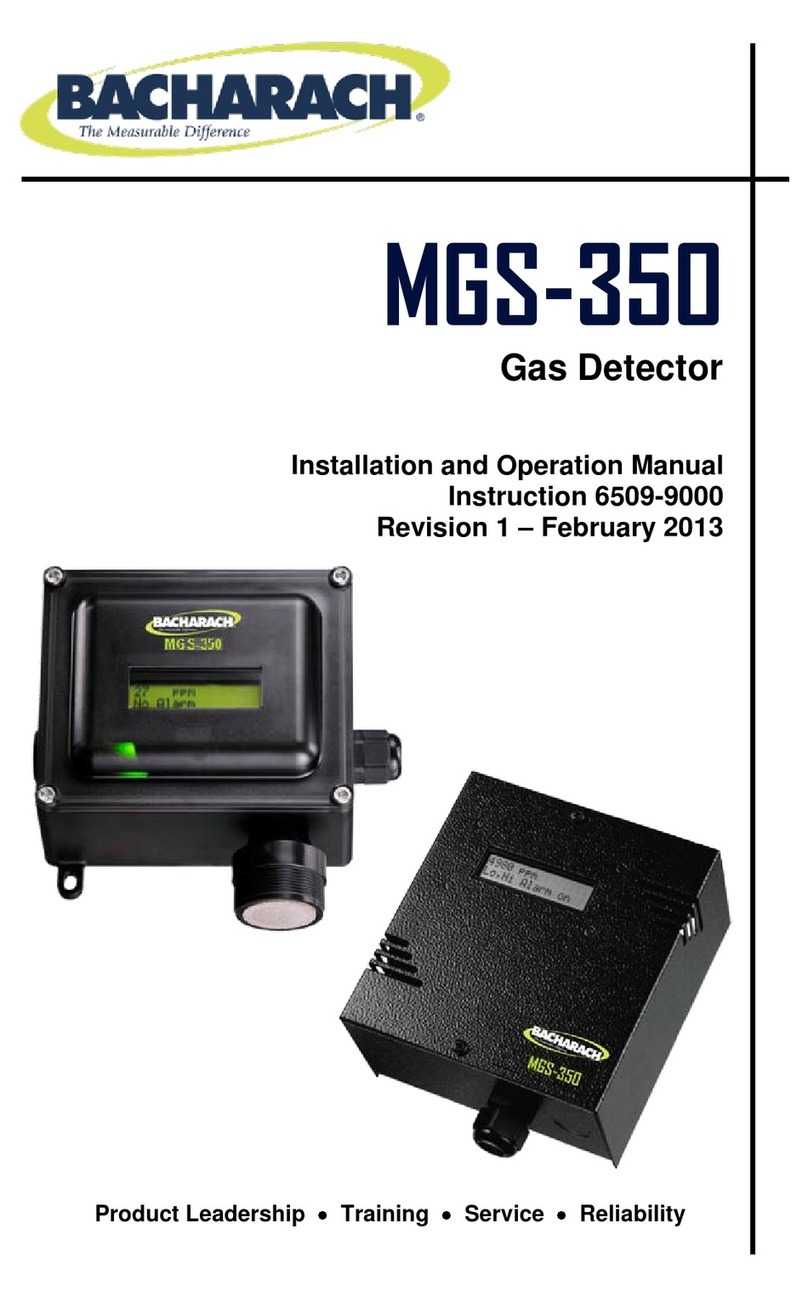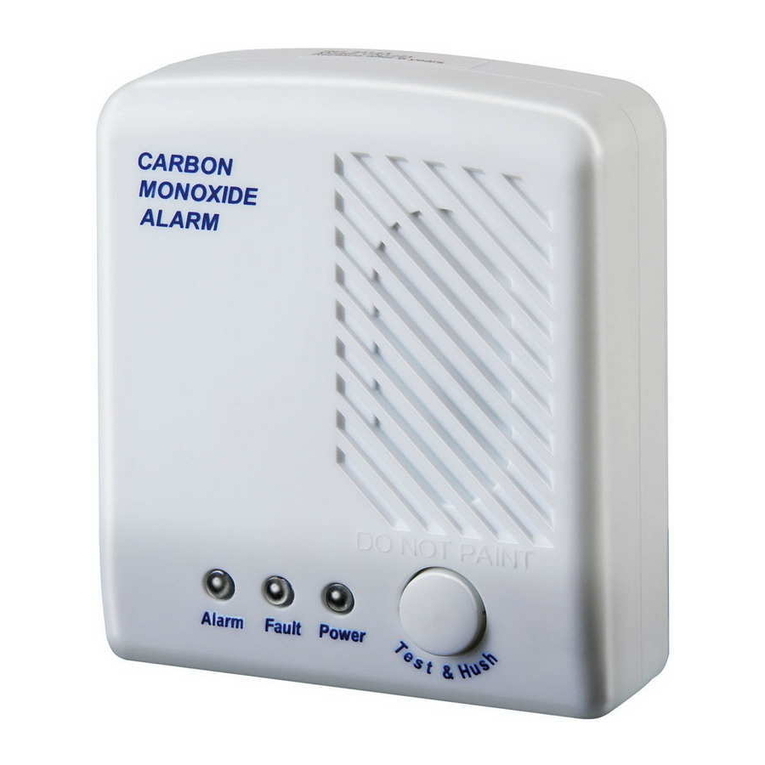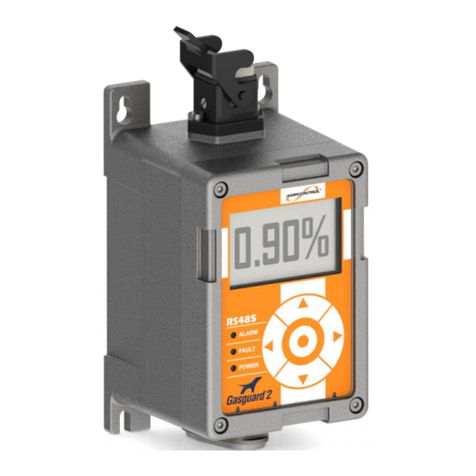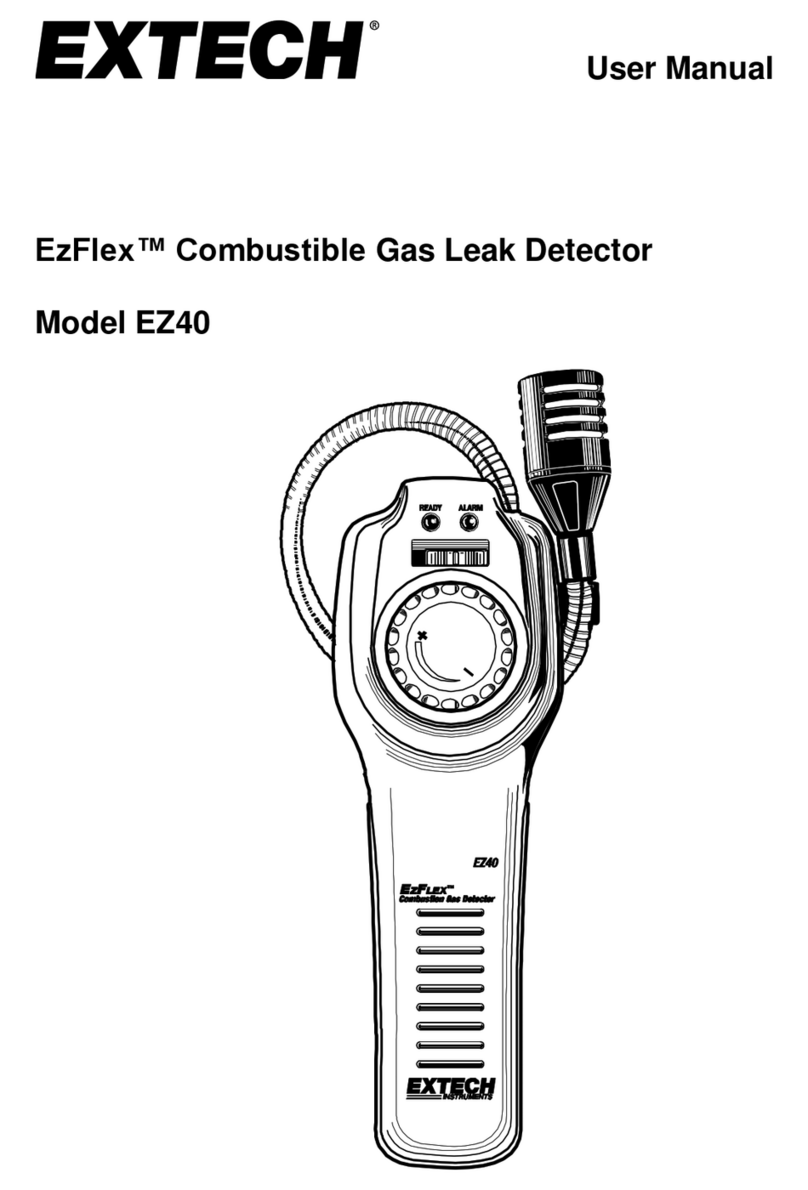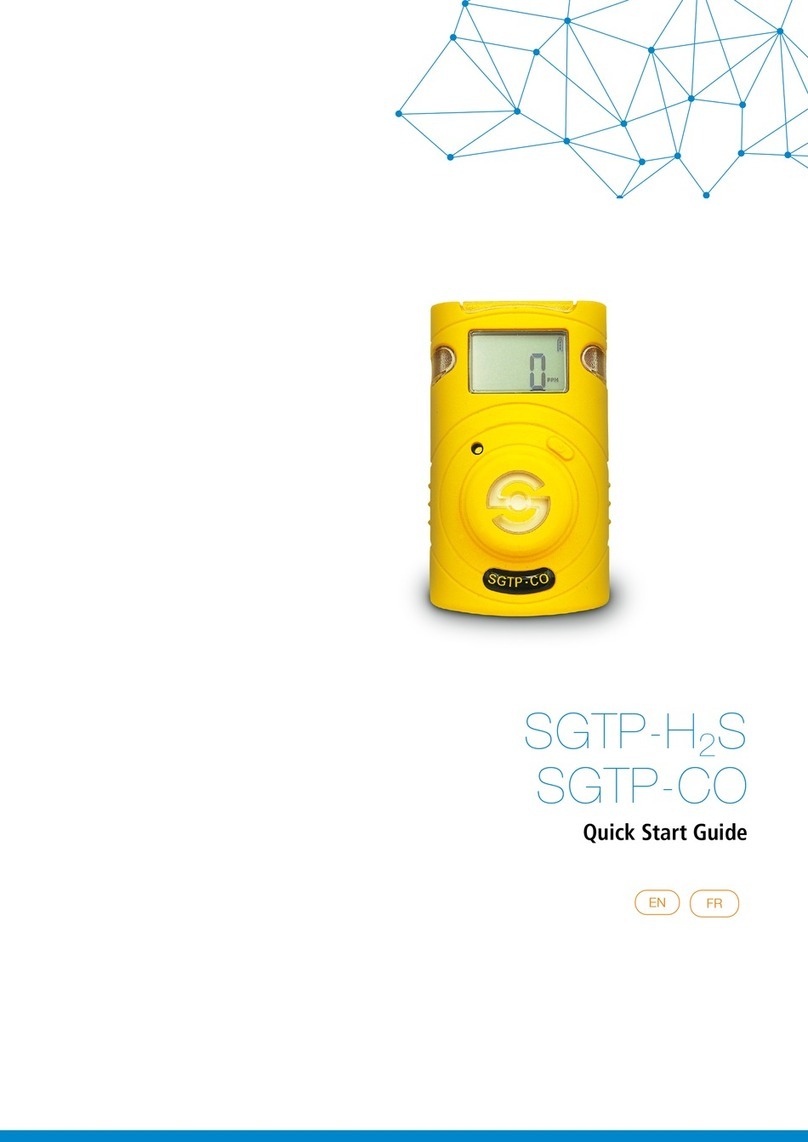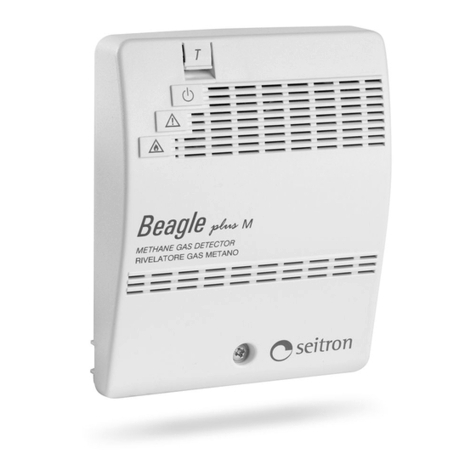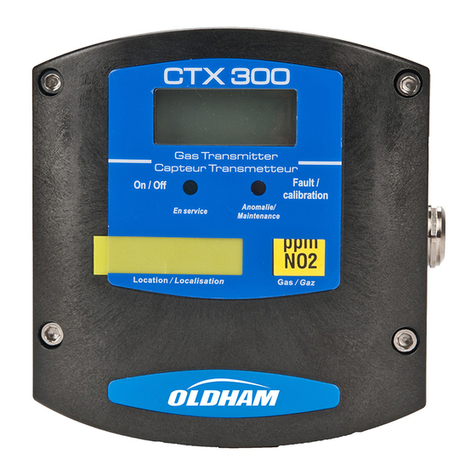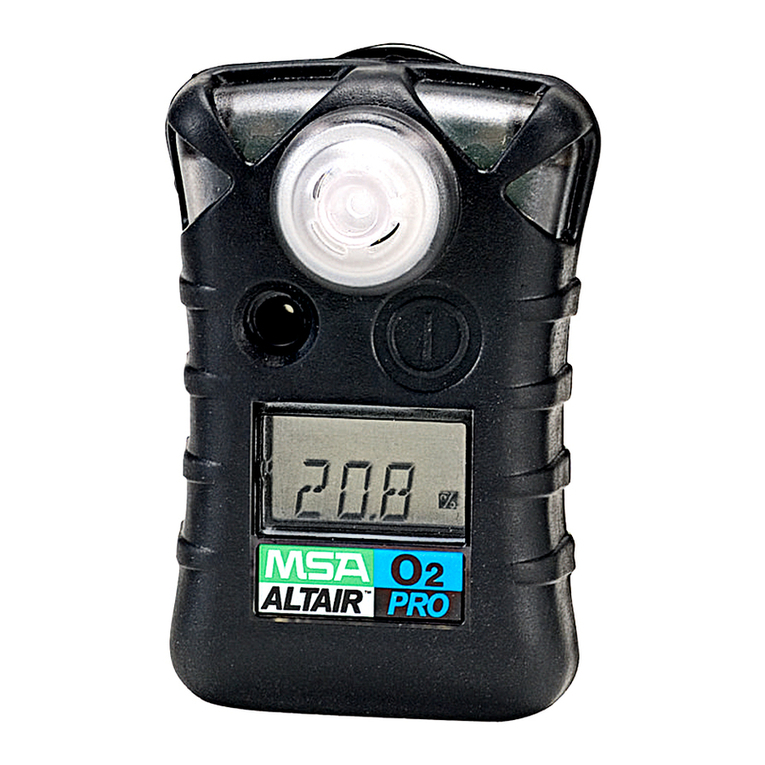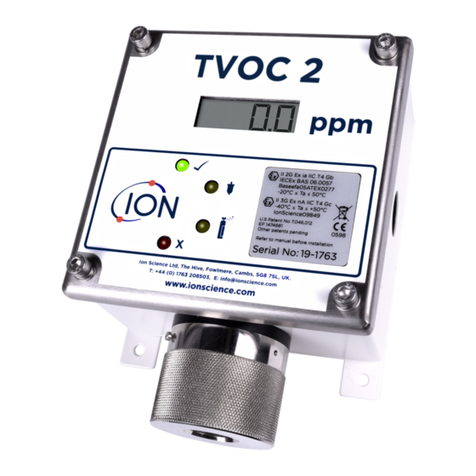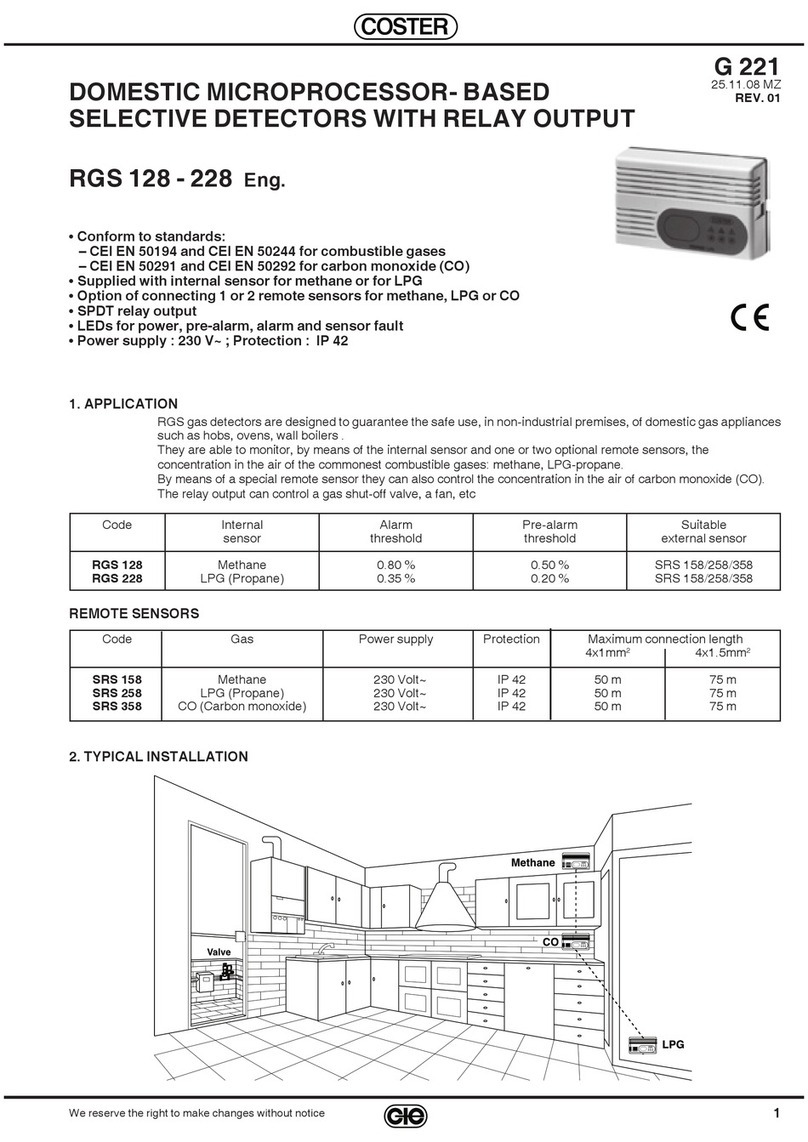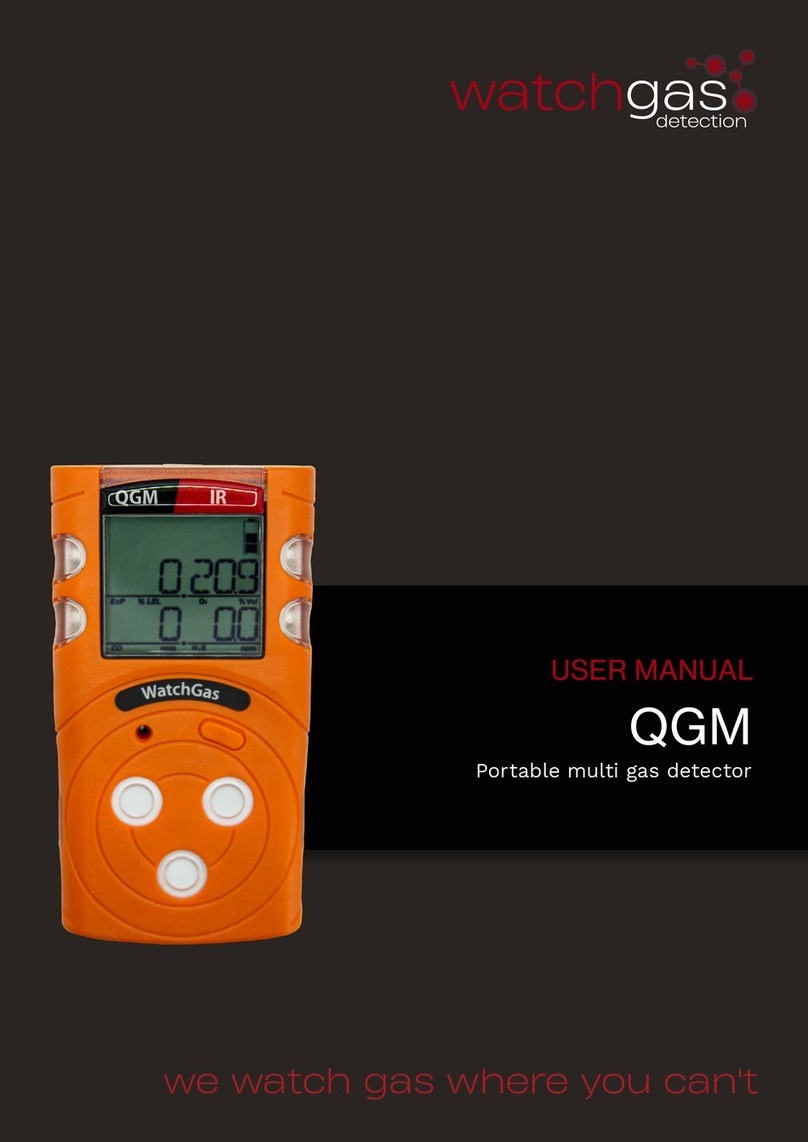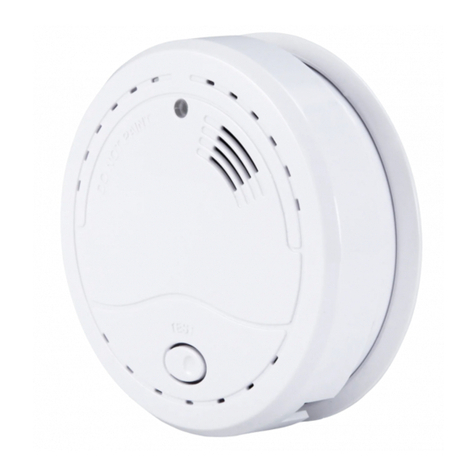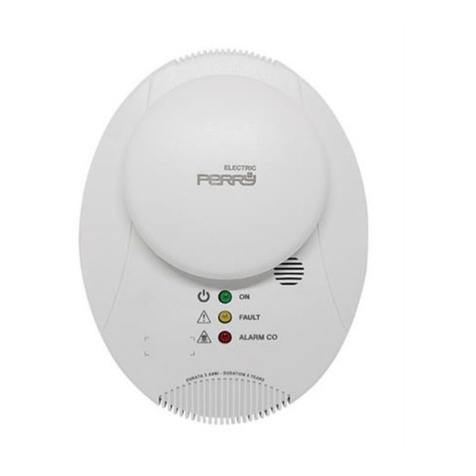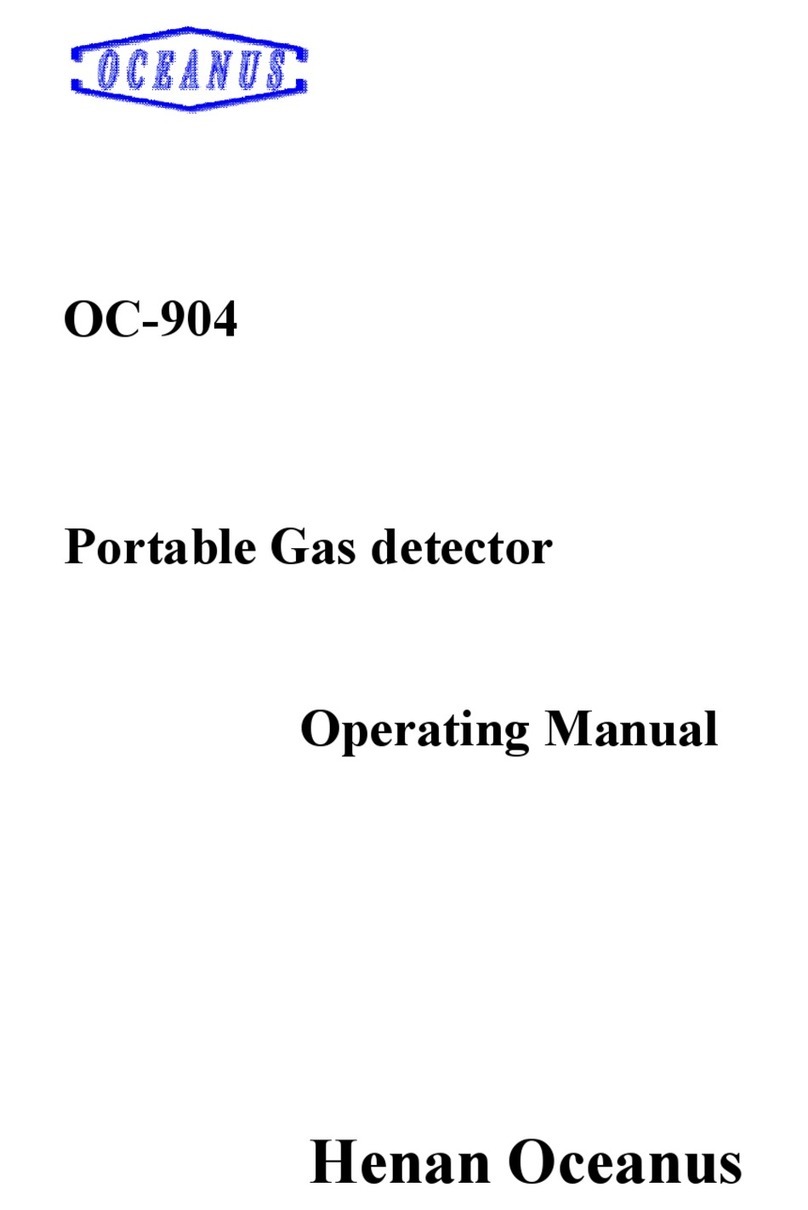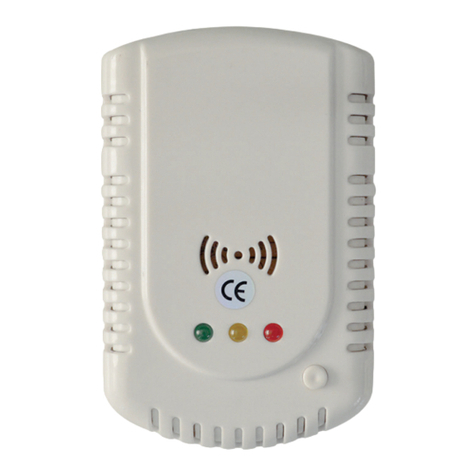
Contents
Chapter 1 About this guide........................................................................................................................5
1.1 Release history.............................................................................................................................5
1.2 Glossary and abbreviations........................................................................................................6
1.3 Notifications................................................................................................................................. 7
Chapter 2 Product overview...................................................................................................................... 9
Chapter 3 Technical description..............................................................................................................11
3.1 Features......................................................................................................................................11
3.2 Applications................................................................................................................................11
3.3 Principles of operation..............................................................................................................12
3.4 Product certification..................................................................................................................14
3.5 Models and types...................................................................................................................... 16
3.6 Description................................................................................................................................. 16
Chapter 4 Operating modes.................................................................................................................... 19
4.1 Operational modes................................................................................................................... 19
4.2 Visual indicators........................................................................................................................ 20
4.3 Output signals........................................................................................................................... 20
4.4 System setup..............................................................................................................................21
Chapter 5 Technical specifications......................................................................................................... 25
5.1 General specifications...............................................................................................................25
5.2 Electrical specifications.............................................................................................................26
5.3 Electrical outputs.......................................................................................................................26
5.4 Mechanical specifications.........................................................................................................27
5.5 Environmental specifications...................................................................................................27
Chapter 6 Installation instructions........................................................................................................ 29
6.1 Introduction............................................................................................................................... 29
6.2 General considerations.............................................................................................................29
6.3 Preparations for installation.................................................................................................... 31
6.4 Certification instructions.......................................................................................................... 32
6.5 Conduit/cable installation........................................................................................................ 33
6.6 Receiver/transmitter mounting...............................................................................................34
6.7 Receiver wiring.......................................................................................................................... 34
6.8 Receiver terminal wiring...........................................................................................................37
6.9 Transmitter wiring.....................................................................................................................38
Chapter 7 Operating instructions........................................................................................................... 41
7.1 Safety operation........................................................................................................................ 41
7.2 Alignment of unit.......................................................................................................................41
7.3 Powering up the system...........................................................................................................42
7.4 Safety precautions.....................................................................................................................42
7.5 Signal verification...................................................................................................................... 43
7.6 Zero calibration..........................................................................................................................43
Manual Contents
TM888200 May2023
SafEye™ Quasar 900 3






















